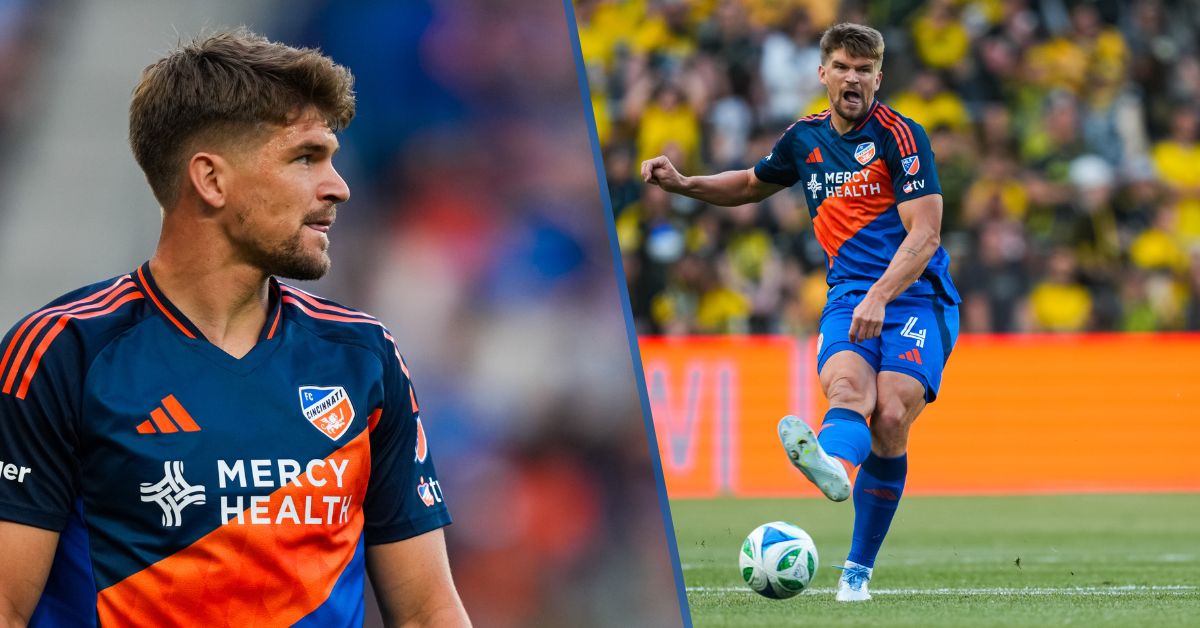What can you do to prevent running injuries? With marathon and race season underway, it is important to know how to be prepared.
We talked to Michael Chen, MD, an avid runner and fellowship-trained and board-certified orthopedic surgeon at Mercy Health – West Orthopedics and Spine. Read on as he shares his complete guide on how to prevent running injuries and how our providers can keep you on your feet.
What are the most common running injuries?
“Most runners experience overuse injuries. These can be in the form of tendonitis, tendinopathies, shin splints, runner’s knee, plantar fascia or a stress fracture. In fact, some studies have shown that the incidence of running injuries can be as high as 90 percent.”
What causes these injuries?
“A lot of time, it can be from doing too much, too soon. If you’re a new runner, make sure you gradually work your way up. While there are some ‘couch to marathon’ training programs, it’s probably best to slowly work your way up to the distance. Get through a 5K or 10K first. Then, consider tackling the rigors of marathon training. Having good running form is important as well when it comes to avoiding injury.”
What are your three most important pieces of injury prevention advice for someone training for a marathon?
“My first tip is, again, to slowly progress in your mileage and your pace.
Second is to make sure you have proper equipment: shoes and clothing. Go to a specialty running store and get fitted for running shoes that will work for you. And the appropriate running clothing with help you avoid chafing.
And third, consider joining a running or training group. You’ll learn from experienced runners, and it’s good to have others to train with. I wish I had joined a group years ago when I ran my first half marathon. It might have gotten me into running much earlier!
And above all else, always listen to your body.”
What is unique and different about the treatment techniques you offer for running-related injuries?
“As a sports medicine specialist, I’m trained to diagnose and treat all musculoskeletal injuries and to get patients back to training and running as soon and safely as possible. You want to make sure that we figure out what the actual problem is, and my team and I can treat it appropriately.
The majority of running injuries can be treated non-operatively. This usually involves some physical therapy. We have excellent physical therapists at our locations throughout the city. We also have some running specialists who will work with you specifically as a runner.
Our ministry also owns the greatest number of AlterG (anti-gravity) treadmills throughout Cincinnati. If you’re dealing with an injury, we can get you running on the AlterG with as little as 20 percent of your weight. This is available in physical therapy, and the public can also purchase time on the AlterG as part of our human performance packages. It’s great for runners who are putting in extremely high mileage and want a little bit less impact on the legs.
And for the high-level runner, we can also do aerobic/anaerobic threshold testing on the COSMED Quart CPET equipment at Mercy Health — Center of Excellence, Sports Performance and Rehabilitation at TQL Stadium. This allows runners to accurately determine their threshold levels for improved training.”
Why do you personally enjoy running?
“I’m just a new consistent runner, starting when gyms closed during COVID-19 in 2020. I’ve been fully immersed in the running world since 2021, and like that I can do a run almost anywhere and anytime. It’s a great way to explore cities when you’re on vacation! It also provides me time to relax and is a stress reliever. I’m able to test myself and continue to make improvements in my running with the work that I put in. You almost always feel better after going for a run!”
How has your own running experience impacted how you treat patients for their injuries?
“I now understand the passion many runners have for the sport. I can see how not running can really affect them, and I try to do everything I can to try to get them back as soon as possible and then try to keep them injury-free.”
What is something you wished you had known before you started running marathons?
“Most runs should be at a slow, easy pace. When I first started running, I used to run most of my runs moderately fast. I thought that if you ran fast, your body would get used to that, and you’d eventually be able to run faster. That just leads to over-training or an increased risk of running injuries. I injured something different in my legs in each of the first three marathons that I ran. Afterward, I thought that I just wasn’t built to be a runner. But since I’ve started training properly, I haven’t had any long-lasting, running-specific injuries (fingers crossed). Just sprained ankles from being clumsy!“
What are the warning signs that would prompt a runner to make an appointment with you?
“If you’re having pain or symptoms that aren’t improving after a week of rest and activity modification, it is time to call one of our orthopedic specialists.”
Before beginning any new physical activity, first consult with your primary care provider. This is so you can make sure you don’t have any health problems that might make training risky.
From there, if you have any running-related injuries, our team of orthopedic and sports medicine providers are here to help!






